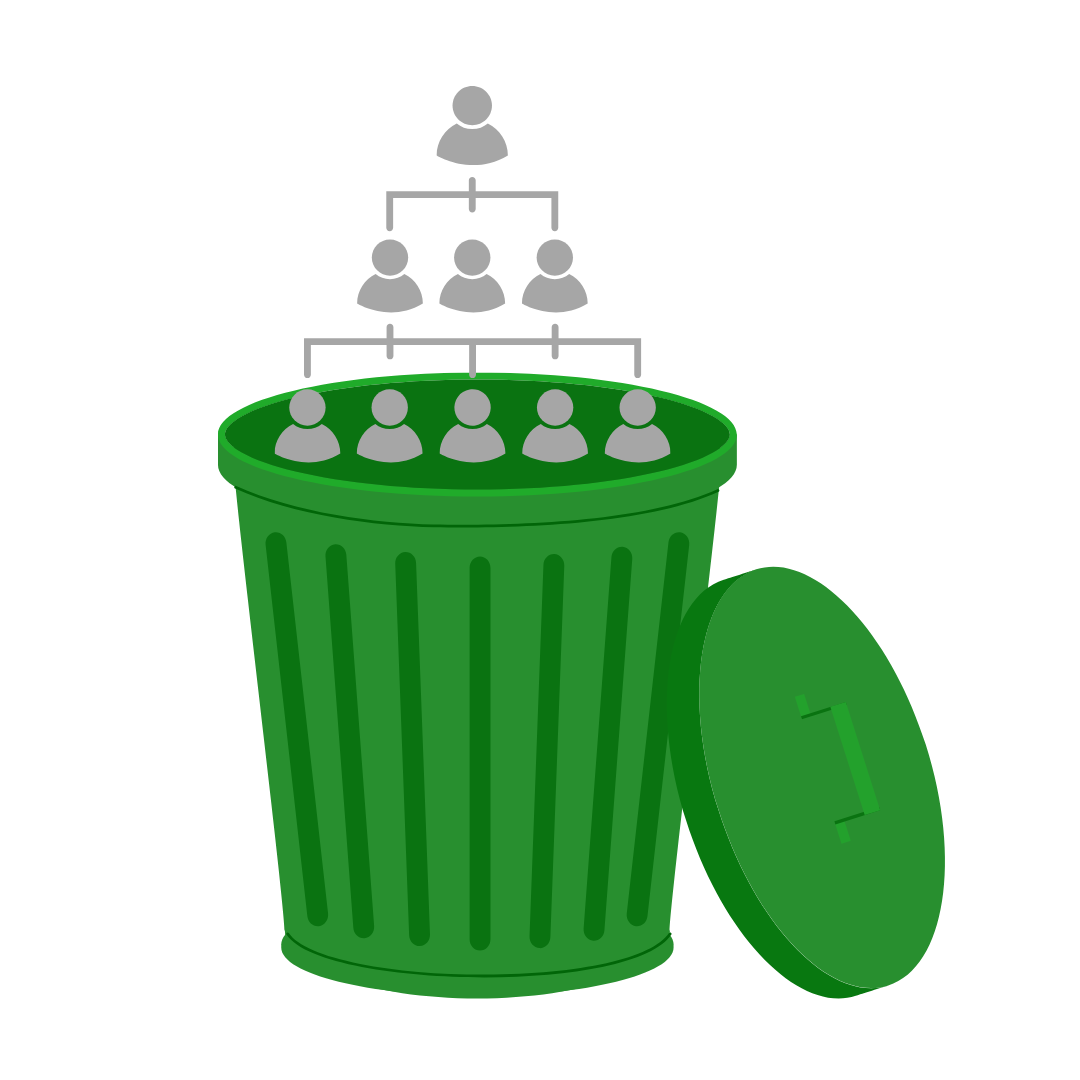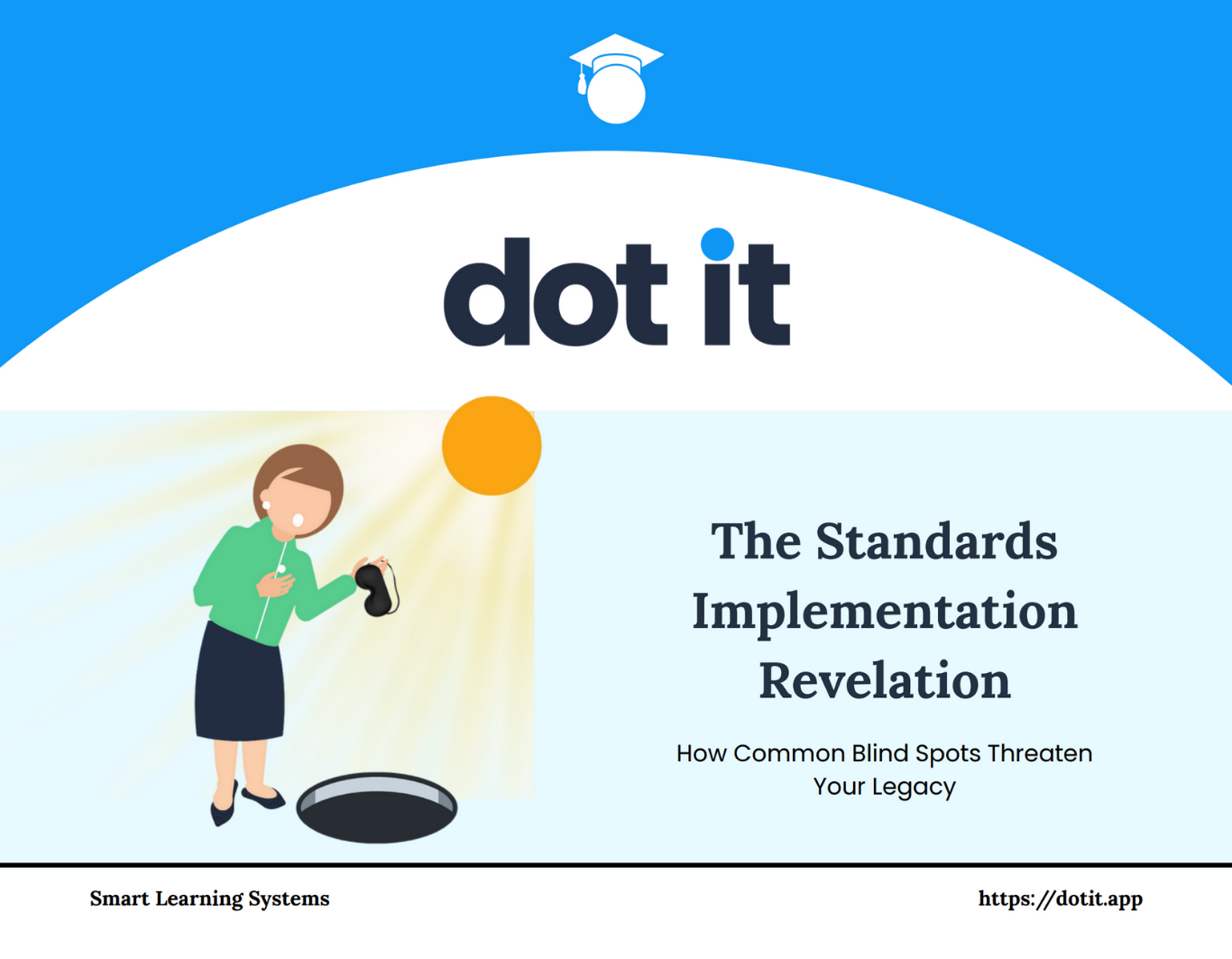I began my career as a teacher trainer In the days of NCLB. The assumption was that teachers just didn’t know what to do. We believed that if we just told teachers what to do and gave them a script to follow they would just do it and everything would be great. So I travelled all over America standing in front of people telling them how to teach reading. It was great stuff and most people resented it.
Then I began to feel like they resented me. Who was I to come in there and start telling them what to do? Finally, I realized I couldn’t blame them. If I wanted to have a true and powerful impact on educators I needed a different perspective. So I submitted my problem to the Change Leadership Group at the Harvard Graduate School of Education. My tam was accepted so went to Cambridge and started learning about obliterating the hierarchy.
In this post we will explore the implications of the obliterating the hierarchy mental image on educators
You can’t teach 21st century skills in a 20th century organization.
What if you were asked to draw your school system’s organization chart? Would it look something like this?
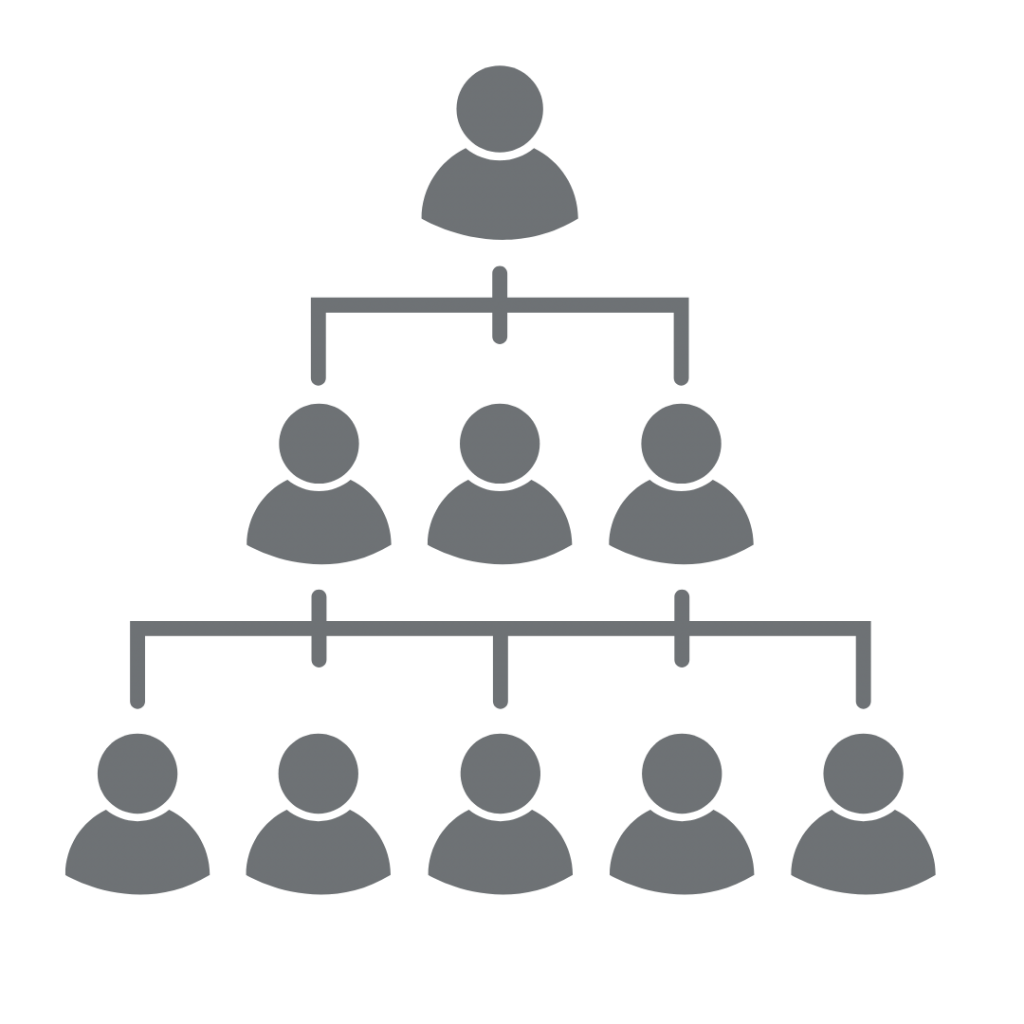
Is this how you see your org chart?
What are the implications of seeing it this way? How might it feel to be like teachers who imagine themselves at the “bottom”? Or principals who see themselves in the “middle”? What would you imagine your role to be if you saw yourself at the “top”? What if you discovered that the image in your mind is not how your system works at all?
How the Old Org Chart Influences Educators’ Perspectives and Practices
In the world of education, the old image of a clear hierarchy can have a serious impact. Let’s explore how different roles my expereince their work nbased on their perception of where they fit.
Teachers at “the bottom”
Traditional, top-down structures can box teachers into rigid roles and curb their willingness to experiment. When teachers feel like they’re at the bottom of the pile, it can stop them from responding effectively to their students’ individual needs. This can lead to a feeling of not having any agency, and being less satisfied with their jobs. On top of this, a hierarchical outlook can get in the way of effective communication and teamwork. Teachers may keep their thoughts to themselves, worried about the consequences or feeling like their ideas don’t matter. This can mean that great opportunities for working together to solve problems or share effective methods slip through the cracks.
Principals in the “middle”
Principals also have it tough when they perceive this org chart. They can feel “sandwiched between what the district wants and what their teachers want. They a foot in both camps and it can feel lie a real challenge to meet everyone’s expectations. Some principals weigh in on the district side and take on a more authoritarian style, which can alienate their teachers. Others are more affiliative, putting harmony with their teachers first and compromising the credibility with the district. A terrible dilemma either way.
District Administrators at the “top”
Many educators aspire to a role at the district office. Once they are there, they will likely find it far more challenging than they every imagined. People who see themselves in these “top” positions, can feel highly and often solely responsible for impacts on student outcomes. District administrators rarely have the people and the time they need to manage an overwhelming workload. People in these positions who really care about students, are at least as exhausted as everybody else.
The Impact of Obliterating the Hierarchy
Truth be told, those old school org charts are nothing more than a relic from the assembly-line era. Today’s schools feel like they are running on fumes, chugging along like some outdated factory model. What if instead, we think of them as lively hubs of cultural exchange, influenced by a constantly growing wealth of knowledge and shared responsibility.
What if your system was actually organized more like this? How might that change the way people in each role think, feel, and interact?
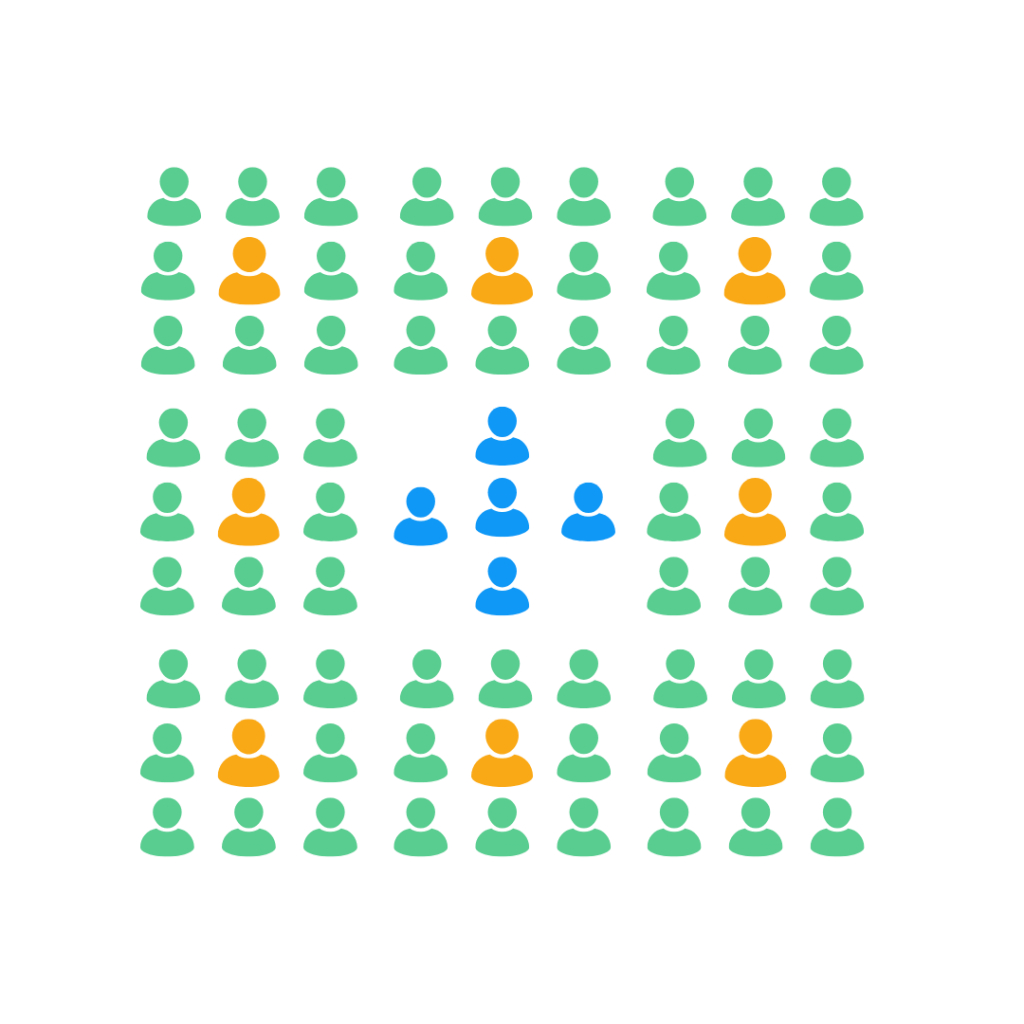
Obliterating the hierarchy
Here’s the bad news. You can’t simply dictate how sociocultural systems, like schools, should operate. If you think you can, chances are you haven’t given it a shot. And why? Well, because humans aren’t machines. They bring their own viewpoints, beliefs, and inspirations to the table. These are the operating system that drive their daily words and actions and words. And guess what? Those words and actions shape the very culture of your school. And no, you can’t micromanage that!
People, unlike machines, truly value their contribution to their surroundings. Especially educators, who are moved by a profound desire to make a difference in lives. If they perceive themselves as insignificant, they’re likely to act accordingly. But when they view themselves as vital and impactful, they’ll behave with the same conviction.
Here’s the GREAT news: Obliterating the hierarchy isn’t scary. It doesn’t require you to destroy anything but the image in your head. You can change what people say and do every day by changing where they see themselves in the bigger picture.

